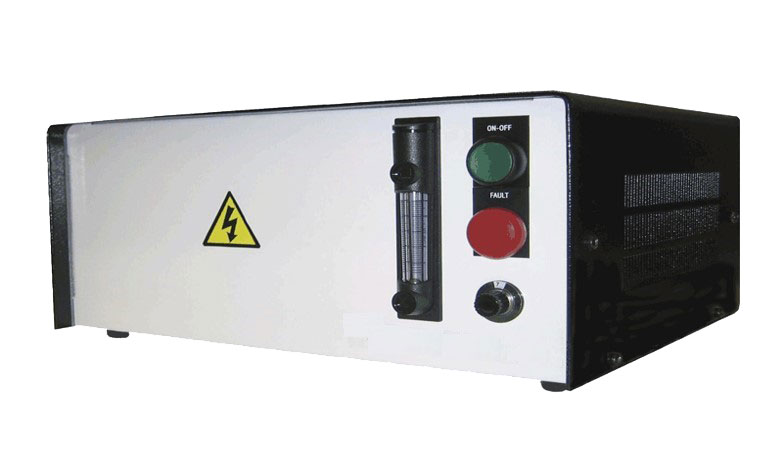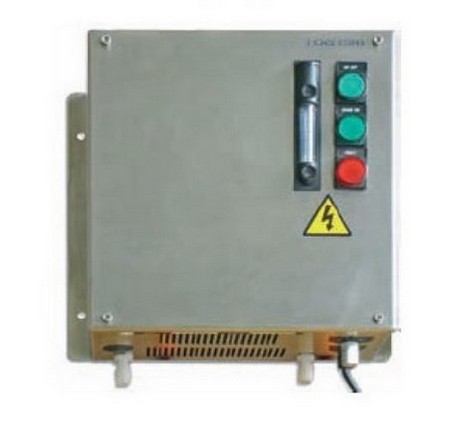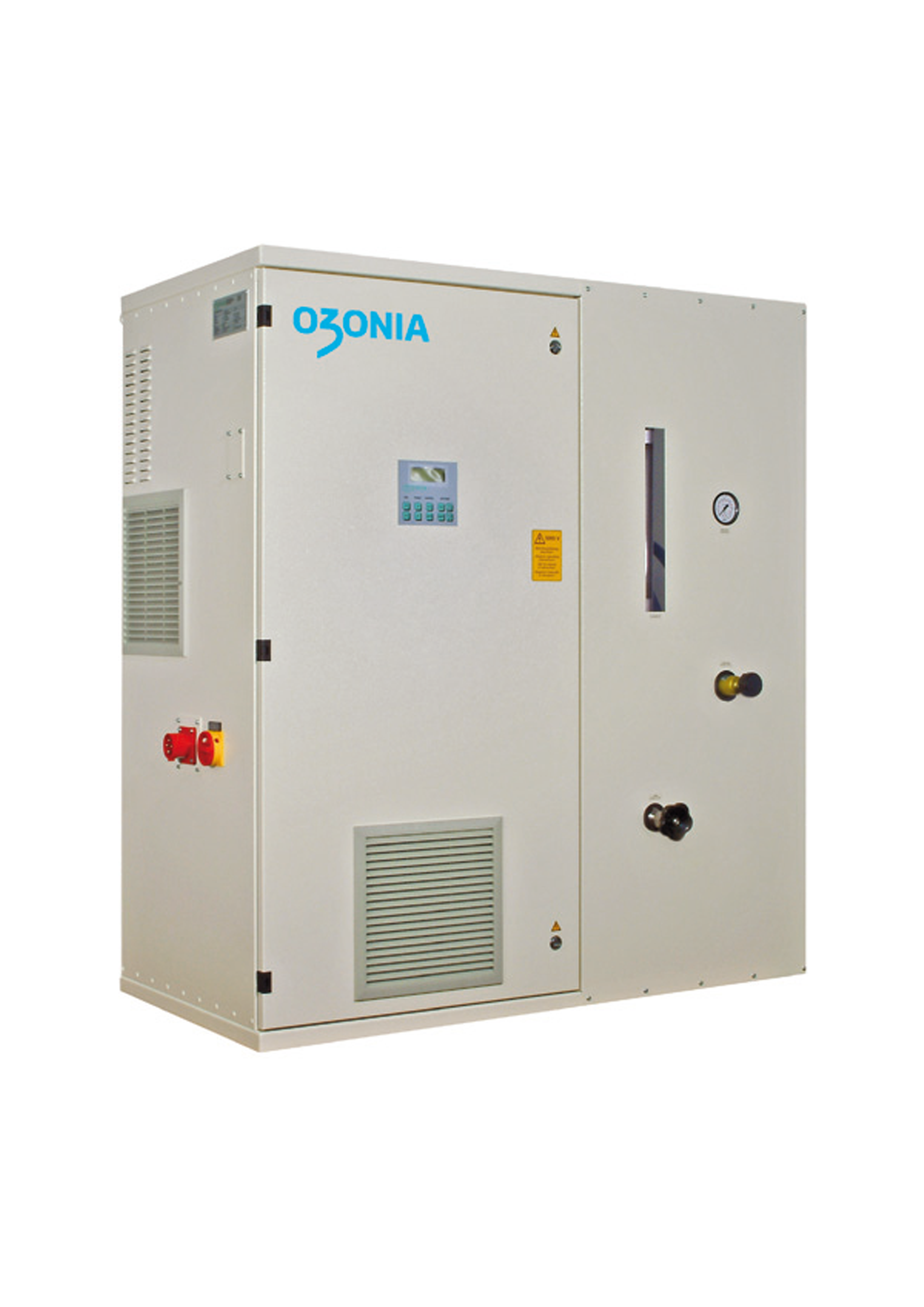Ozone generators and systems
The production and technical application of ozone as a strong oxidant and disinfectant has been an established process in industrial process technology and water treatment for many decades. The gas is metastable, cannot be stored in containers, but must be produced at the site of application.
Important fields of application of are:
- Drinking water: elimination of troublesome constituents; decolorization; deferrization; disinfection by application of ozone in drinking water.
- Process water/ultrapure water: reduction of TOC and disinfection of loop systems by application of ozone in process water and ultrapure water
- Wastewater: Degradation of persistent COD and micropollutants (e.g. pharmaceutical residues) by application of ozone in wastewater
- Swimming pools: Degradation of trihalomethanes; improvement of water hygiene; chlorine reduction by using ozone in swimming pools
- Fish farming / aquaculture: elimination of pollutants/excrements; decolorization; disinfection by application of ozone in fish farming and aquacultures
- Food and beverage industry: sterilization during water filling; bottle cleaning + CIP by application of ozone in food and beverage industry
- Paper industry: bleaching of pulp; degradation of hard COD in waste water by ozone in the paper industry
- Chemical industry: Ozonolysis for synthetic purposes, COD degradation in special wastewater by application of ozone in the chemical industry
The two main methods for producing the very reactive gas are:
- „Silent electric corona discharge” in sour liquor or air under high voltage in a tubular or plate reactor with ceramic or glass dielectric.
- Catalytic water electrolysis with anodic ozone / oxygen generation in a flow cell for ultrapure water
The vast majority of commercially available and used ozone generators operate on the principle of “silent electrical discharge” and cover a very wide output range from a few g/h to several kg/h of ozone. Oxygen, available from liquid tanks, gas bundles or PSA plants, or dried air must be provided on site as the operating gas. The generators are adjustable, so that the ozone quantity as well as the ozone concentration (max. approx. 200 g/m3) can be set according to demand and process requirements.
We offer from our product portfolio powerful generators for use in the laboratory, for R&D, but also for use in water treatment, as well as in industry.
The two models shown produce ozone quantities of max. 10 g/h (TOG C2) and up to 55 g/h (CFS-1), depending on the use of oxygen or air. The units are versatile and are cooled with ambient air in the case of the TOG C2 and with water in the case of the CFS series. The more powerful generators of the CFS series produce up to 1500 g/h from oxygen and 1000 g/h from dried air.
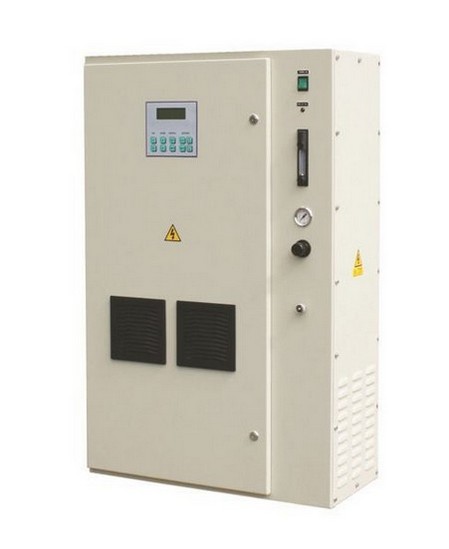
The ozone generators of the TOG C X-P series have an integrated oxygen concentrator with air compressor and are thus independent of an external oxygen supply. The four units cover ozone requirements between 8 and 55 g/h.
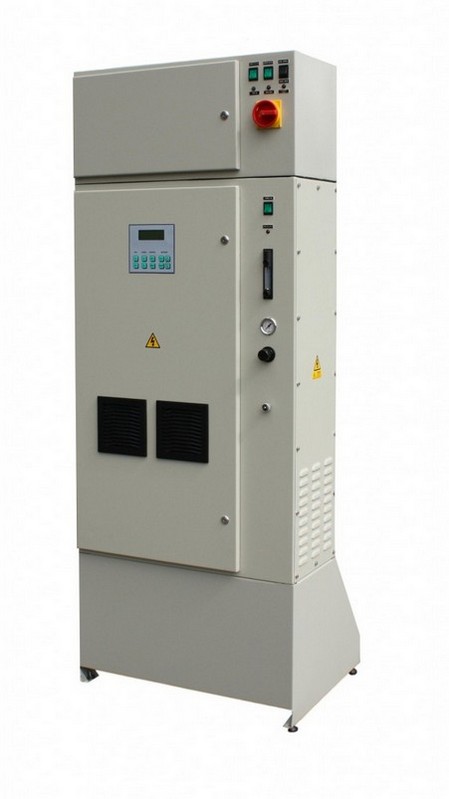
The TOG C XIS series also covers the capacity range up to 55 g/h ozone, but additionally has an ozone injection system for mixing the gaseous ozone into a partial stream; consisting of motive water pump and Venturi injector incl. internal piping. These compact, rack-mounted ozone systems are ready for connection and can be integrated directly into a water treatment plant, e.g. in the beverage industry for bottling.
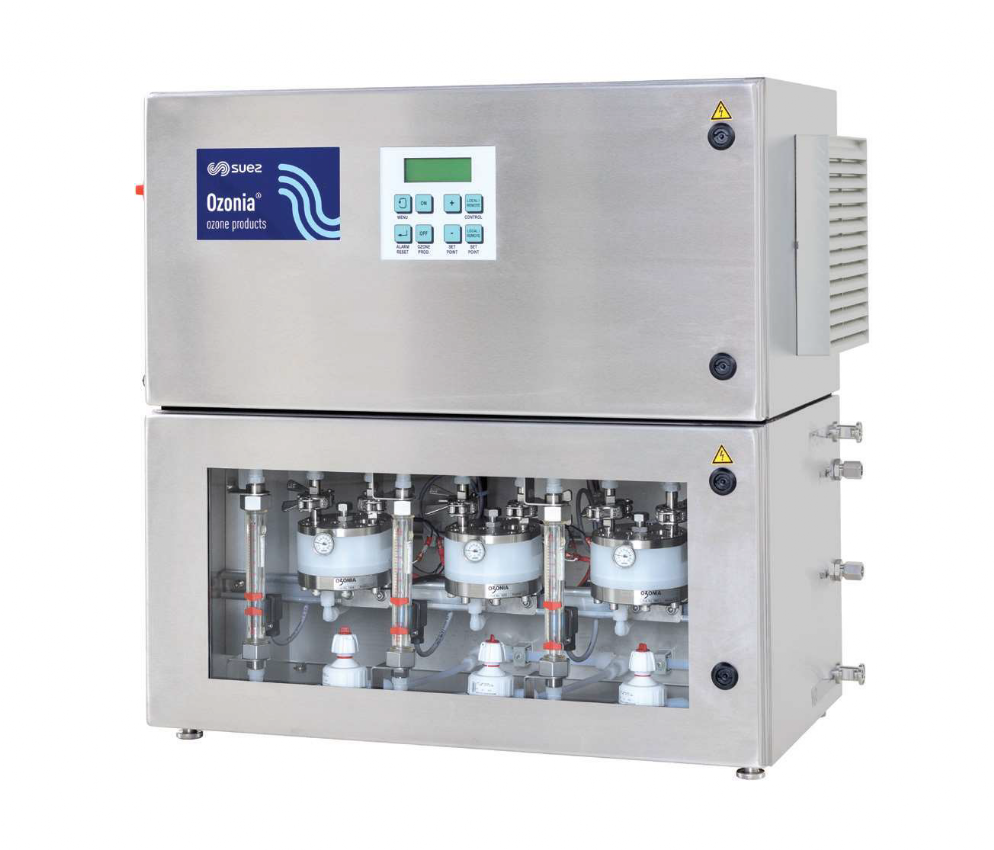
The catalytic water electrolysis with specially coated anode and PEM electrolyte can be used for the in-situ production of ozone in fully demineralized water. The electrolysis cells are flown through with approx. 100 l/h ultrapure water and produce anodically approx. 3 g/h ozone. The ozone generators of the MkV series are available in versions with one, two or three ozone cells and are used for disinfection and sanitization of pharmaceutical water storage and distribution systems. The equipment technology complies with the material and regulatory requirements of the pharmaceutical industry and is GMP or FDA compliant.
In addition, we offer an extensive range of accessory components for the construction of a complete ozone plant, such as ozone measurement technology, ambient air monitoring systems and ozone catalysts.
Furthermore, we provide customer-specific consulting and support for system planning, construction and commissioning. Our qualified personnel is also specialized in service and maintenance of the equipment technology including personnel training.
